This interactive course is for professionals responsible the care and safety of consumers at elevated risk for suicidal behaviors in all settings and across the age span.
This training program teaches the core competencies required of professionals responsible for the care and safety of people detected to be at elevated risk for suicidal behaviours (not violence).
Following foundational lectures on epidemiology, clinical risk patterns, and the current status of suicide risk assessment, clinicians learn how to conduct a standardized, evidence-based guided interview designed to elicit perceived burdensomeness, suicidal desire, intent, capability and buffers against suicide. Data collected is then contextualized within the patient’s current personal crisis to understand, anticipate, and implement risk mitigation strategies, including evidence-based treatments.
Based on the quality of the relationship, the difficulty of the interview, and the reliability of the data collected, participants learn to make informed risk stratification decisions to determine the level of care recommended or required. Training includes modules on means reduction, collaborative crisis safety planning, managing/monitoring risk over time, documentation, and skills practice sessions.
Major Learning Objectives
Participants earning a certificate will have knowledge of and be able to:
Participants should ALSO be able to
In 2022, 10 upgrades were made to this training program
Disclaimer
Please note that our courses are not certified for Continuing Medical Education (CME) and Continuing Rehabilitation Education (CRE) credits. Online courses do not come with the supervision necessary to practise in real life situations. Participant accounts will remain active for one year from the date of purchase, allowing ample time to complete the course.











